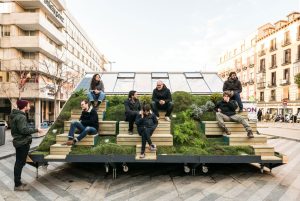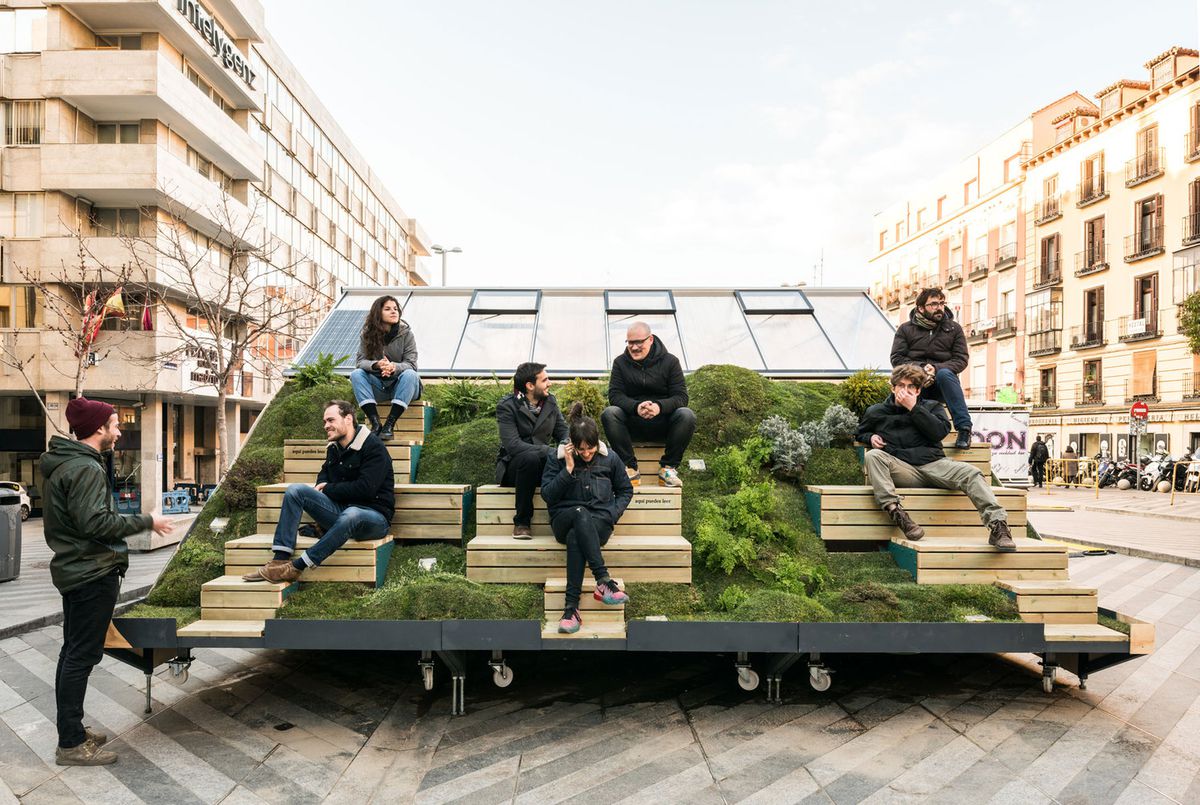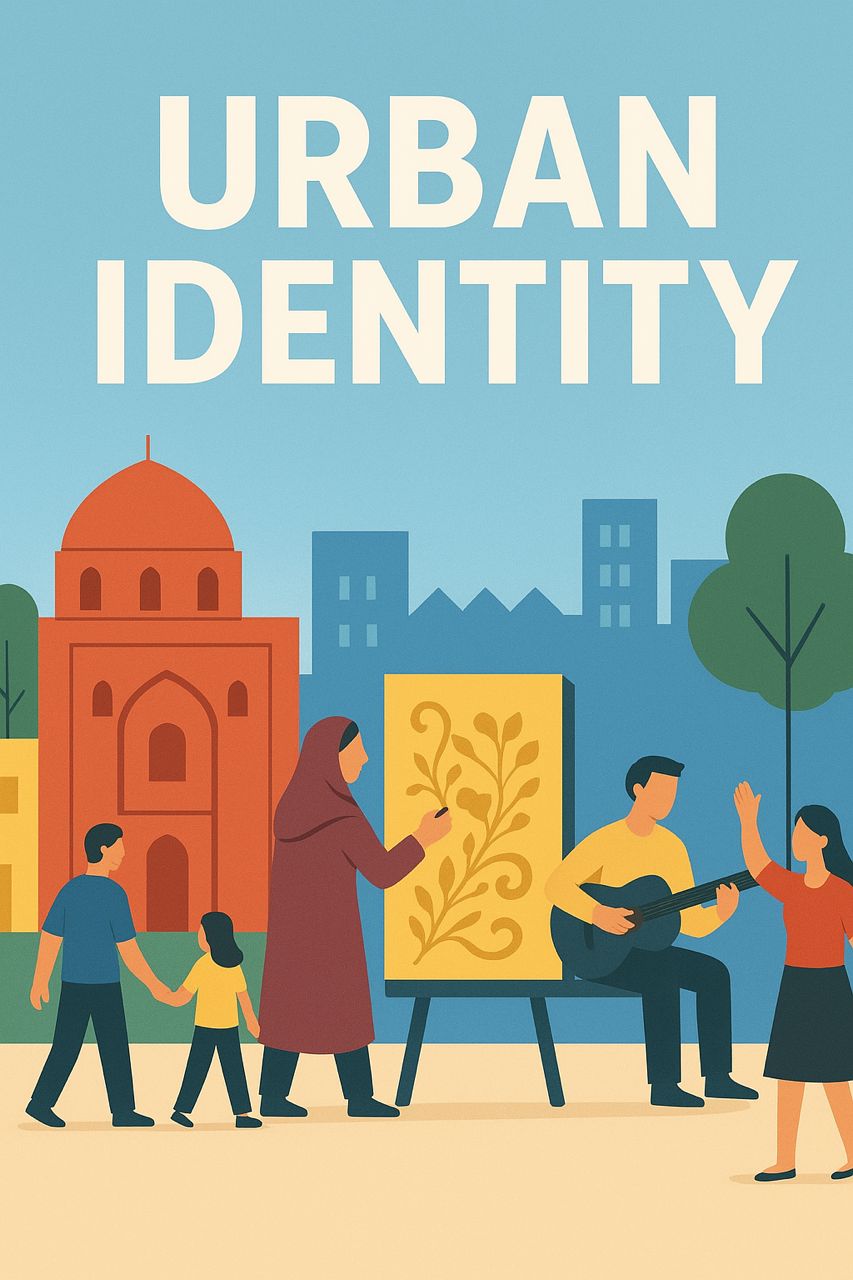
Introduction
Urban furniture refers to the various elements and fixtures installed in urban spaces to enhance public areas and facilitate the daily lives of citizens. These elements include benches, trash bins, lights, pedestrian pathways, railings, and other urban equipment. The role of urban furniture in improving urban quality of life is extremely important and vital, as these elements can have direct and indirect effects on the well-being, health, and social interactions of citizens. This article explores how urban furniture impacts the quality of life and well-being of residents.
- The Impact of Urban Furniture on Social Interactions
1.1. Creating Social Meeting Spaces
Appropriate urban furniture can transform public spaces into venues for social interactions. Benches and other seating structures create opportunities for social mechanisms and foster positive feelings among citizens. By providing suitable spaces for sitting and conversing, urban furniture can lead to increased social interactions.
1.2. Creating a Sense of Belonging
Urban furniture can create a greater sense of belonging and deeper connection with the urban environment. When citizens use public spaces and meet others in these areas, they establish a stronger bond with their community.
- Impact on Health and Well-being
2.1. Promoting Physical Activity
Urban furniture can have a positive impact on the physical health of citizens. Creating walking and cycling paths, platforms, and green spaces encourages individuals to engage in physical activities. This not only contributes to reducing health issues but also improves mood and quality of urban life.
2.2. Increasing Access to Services
Urban furniture is also recognized as a factor that facilitates access to services and amenities. By creating stations and informational signs in public spaces, citizens can easily find and utilize urban services.
- Impact on Aesthetics and Urban Identity
3.1. Beautifying Public Spaces
Urban furniture can help beautify public spaces and attract tourists. Modern designs that align with the cultural identity of the city can play a crucial role in capturing attention and establishing a positive image of the city.
3.2. Strengthening Cultural Identity
Urban furniture can represent the cultural, historical, and social features of a city. These elements can help tourists and residents become familiar with the identity and history of the city, leading to a greater sense of attachment to their local areas.
- Challenges and Opportunities
4.1. Challenges of Urban Furniture Design
Designing urban furniture must align with the needs of citizens and the geographical and climatic conditions of the city. Failing to consider these needs can lead to a lack of usage and a decrease in the effectiveness of urban furniture.
4.2. Development Opportunities
Moreover, utilizing new technologies and sustainable materials in urban furniture design can contribute to improving urban quality of life. Research centers and universities can assist in designing and developing innovative products in this field.
Conclusion
Urban furniture plays a vital role in enhancing urban quality of life and the well-being of citizens. By facilitating social interactions, promoting physical health, beautifying public spaces, and strengthening cultural identity, urban furniture can have profound and positive impacts on people’s daily lives. To achieve these goals, the design and implementation of urban furniture should be based on the actual needs of citizens and consider local requirements.
References
- Gehl, J. (2010). Cities for People. Island Press.
- Carr, S., Francis, M., Rickles, W., & Stolte, K. (1992). Public Space. Cambridge University Press.




